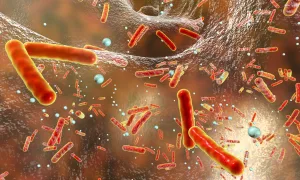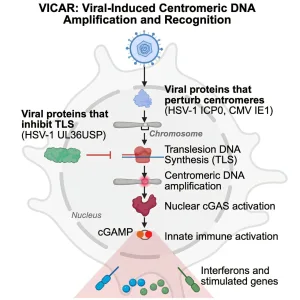New Hope for Pediatric AML: Combination Therapy Shows Promise
Researchers at St. Jude Children’s Research Hospital and Dana-Farber Cancer Institute have announced a promising new combination therapy strategy for treating pediatric acute myeloid leukemia (AML). This is welcome news, as standard treatments often fall short, and relapse is common, leading to a poor prognosis, especially in cases driven by NUP98 fusion proteins.
The Challenge of AML in Children
AML is a particularly aggressive cancer of the blood and bone marrow. In children, it can be difficult to treat effectively, and relapse is a significant concern. When the disease is linked to NUP98 fusion proteins, the challenge is even greater, requiring innovative therapeutic approaches.
A Novel Combination Therapy Approach
The research team has identified a novel combination therapy that shows potential to overcome the limitations of current treatments. This new approach aims to target the specific mechanisms that drive AML, particularly those related to NUP98 fusion proteins.
Why is this Research Important?
- Offers hope for children with relapsed or treatment-resistant AML.
- Provides a new avenue for therapeutic intervention.
- Potentially improves long-term outcomes for affected children.
Future Directions
While these findings are encouraging, further research is needed to fully evaluate the safety and efficacy of this combination therapy. Clinical trials will be essential to determine the optimal dosage and treatment schedule, as well as to identify which patients are most likely to benefit.
Final Overview
The identification of a novel combination therapy for pediatric AML represents a significant step forward in the fight against this challenging disease. With continued research and clinical trials, this new approach could offer renewed hope for children and their families facing AML.




+ There are no comments
Add yours